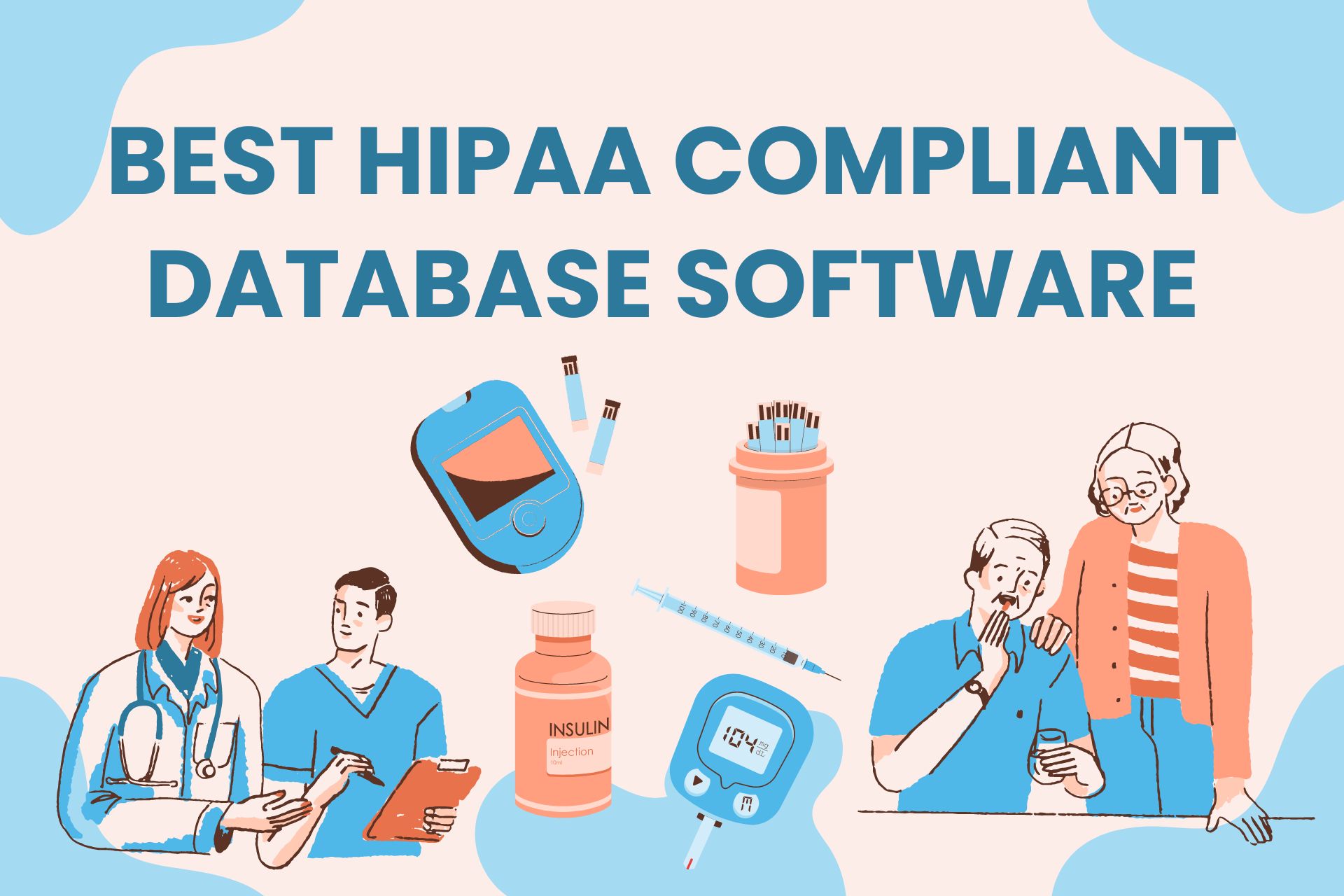How to Build a Healthcare App: Ultimate Guide in 2023
In today’s digital age, healthcare apps have become a crucial component of the medical landscape. These apps have the potential to revolutionize patient care, streamline processes, and provide access to valuable health information. If you’re considering entering the world of healthcare app development, this comprehensive guide will walk you through the key aspects of building a successful healthcare app in 2023.
The Landscape of Healthcare Apps
As of 2023, the healthcare app market is booming with innovation. There’s a diverse range of health and wellness apps available, catering to various medical needs and user preferences. According to recent data, The health sector revenue is forecast to grow to $35.7 billion by 2030, up from $8.21 billion last year, providing users with tools to monitor their health, access medical resources, and even communicate with healthcare professionals seamlessly.
Understanding the Cost Factors
One of the first questions that often arises when venturing into healthcare app development is: How much does it cost to build a healthcare app in 2023? The answer can vary significantly based on several factors. The complexity of the app, the features you wish to incorporate, the platform(s) you intend to target (iOS, Android, or both), and the development team’s expertise all influence the overall cost.
To get a clearer idea of the potential costs, it’s advisable to consult with experienced healthcare app development providers, like BharatLogic, who can provide detailed insights tailored to your app’s requirements.
Timeline for Development
The timeline for creating a healthcare app is another crucial consideration. Developing a healthcare app involves several stages, including conceptualization, design, development, testing, and deployment. The complexity of your app’s features and the platforms you’re targeting play a role in determining the development timeline. On average, a healthcare app can take anywhere from several months to over a year to be fully developed and ready for launch.
Essential Features for Success
Creating a healthcare app that stands out in the market requires careful planning and a focus on user needs. Here are some essential features that a healthcare app should consider incorporating:
- User-Friendly Interface: An intuitive and user-friendly interface is vital to ensure a seamless experience for users of all ages and backgrounds.
- Appointment Scheduling: Integrating a feature that allows users to schedule appointments with healthcare professionals effortlessly can enhance the app’s utility.
- Health Monitoring: Enabling users to track their health metrics, such as heart rate, blood pressure, and activity levels, provides valuable insights.
- Secure Data Handling: Ensuring the security and privacy of user data is paramount in healthcare app development.
- Medication Reminders: A feature to set medication reminders can assist patients in adhering to their treatment plans effectively.
By incorporating these features, your healthcare app can offer genuine value to users and contribute to their overall well-being.
Top Healthcare Apps in 2023
| Apple Health | Apple Health collects health information from iPhones, Apple Watches and other devices, sets medication reminders and organises health records |
| MyFitnessPal | MyFitnessPal contains a database of food items with nutritional values and a fitness segment |
| Fitbit | Fitness tracker Fitbit includes sensors to track heart rate, Electrodermal Activity, temperature, sleep and menstrual cycles |
| BetterMe | BetterMe markets itself as a healthy lifestyle programme without extreme weight loss, focusing on wellbeing |
| Noom | Weight management business Noom has extended into behaviour change programmes for chronic and non-chronic health conditions |
Conclusion
In the dynamic landscape of 2023, healthcare apps play a pivotal role in enhancing patient care and well-being. With an ever-expanding range of options and innovative features, building a successful healthcare app requires careful planning, user-centric design, and a commitment to data security. By staying attuned to market trends and collaborating with experts like BharatLogic who has expertise in Healthcare App Development, you can embark on a transformative journey to shape the future of healthcare and make a meaningful impact on people’s lives.
Frequently Asked Questions (FAQs)
Q1: How many health apps are there in 2023?
As of 2023, the healthcare app landscape is rich and diverse, with thousands of health and wellness apps available across app stores. The exact number can vary, but it’s safe to say that the market is teeming with options designed to cater to various medical needs and user preferences.
Q2: How much does it cost to build a healthcare app?
The cost of building a healthcare app can vary widely based on factors such as the app’s complexity, features, platforms, and development team’s expertise. While it’s difficult to provide an exact figure without understanding your app’s specifics, consulting with experienced healthcare app development providers can give you a more accurate estimate. BharatLogic offers tailored insights into the cost considerations for your unique app vision.
Q3: How long does it take to create a healthcare app?
The timeline for developing a healthcare app can vary based on factors like app complexity, features, and platforms. On average, healthcare app development can take several months to over a year, considering stages such as conceptualization, design, development, testing, and deployment.
Q4: What features should a health app have?
A successful healthcare app should prioritize user needs and offer features that enhance their health management experience. Essential features to consider include a user-friendly interface, appointment scheduling, health monitoring capabilities, secure data handling, and medication reminders. These features contribute to the app’s usability and overall value to users.




